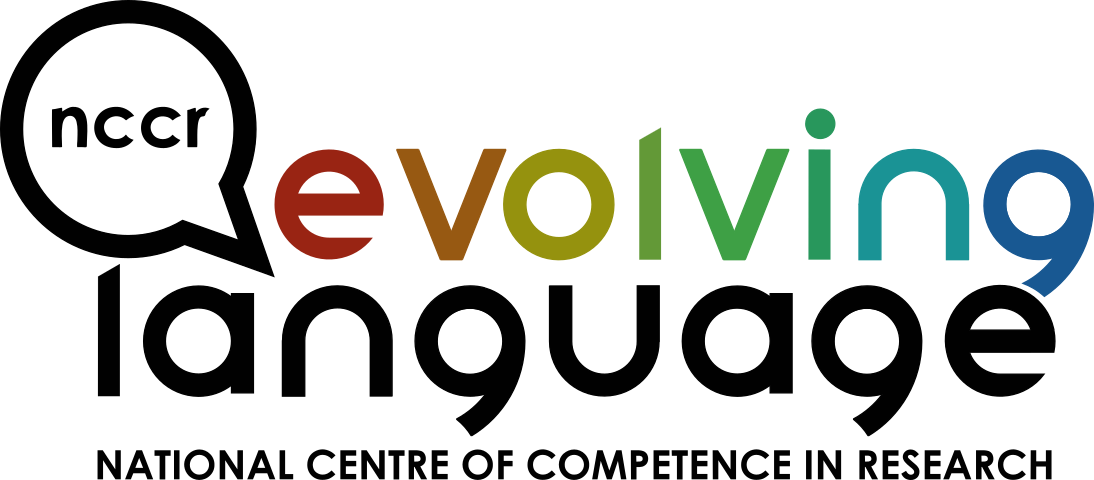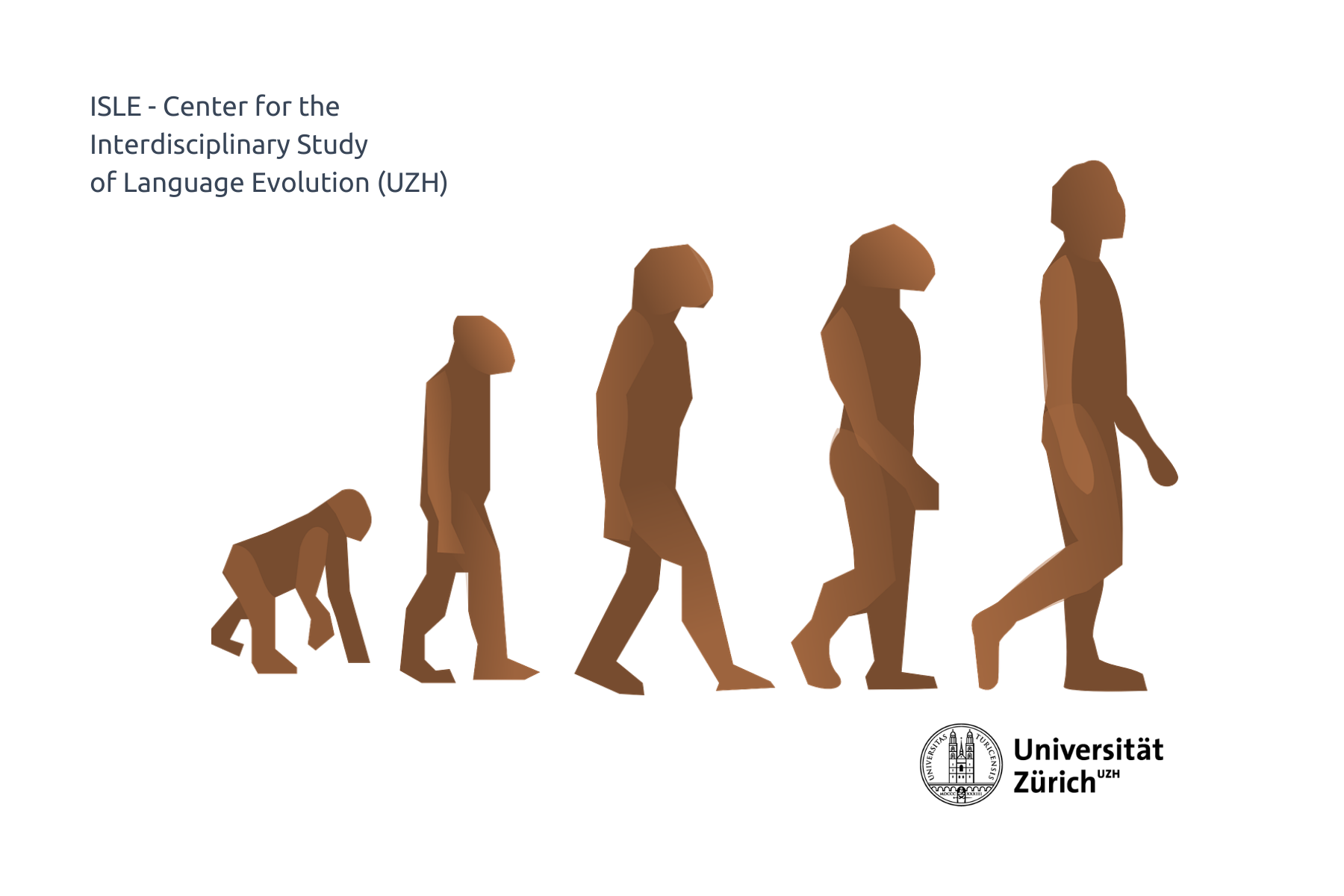Abstract
The most caudal part of the left inferior frontal gyrus in the human brain – better known as Broca’s area – is probably one of the most highly regarded and studied cortical regions. It became well known during the last century when it was incorrectly referred to as the “expressive language center” of the brain. However, meanwhile it is widely accepted that Broca’s area subserves a multitude of cognitive, sensory and motor functions. Some of them are related to language while others are not. Much less is known about the contralateral region in the right hemisphere – dubbed as “Broca’s homologue”. There does almost no explicit research exist that has so far thoroughly and explicitely looked in the functional neuroanatomy of this brain region even though brain imaging studies during the last two decades have occasionally reported its involvement in language and cognitive-motor mechanisms. Interestingly, there seem to be neuroanatomical pecularities that make Broca’s homologue a special case in the human brain compared to the brain of great apes (which does not to the same extent hold for Broca’s area in the left hemisphere).
The talk will give an overview on what we know about the functional role and neuroanatomical architecture of Broca’s homologue. Is there a rightward asymmetry for specific neuronal measurements in the human brain? How is Broca’s homologe connected to a) other ipsilateral perisylvian areas b) subcortical nuclei, namely the basal ganglia, and c) the controlateral frontal operculum? What might have been the role of Broca’s homologue for the evolution of motor and vocal control? To what extent might higher cognition be supported by Broca’s homologue? What do we know about the changes this area had undergone during human brain development?
In this talk I aim for setting up scientific questions for an interdisciplinary research programme for the second NCCR period.

